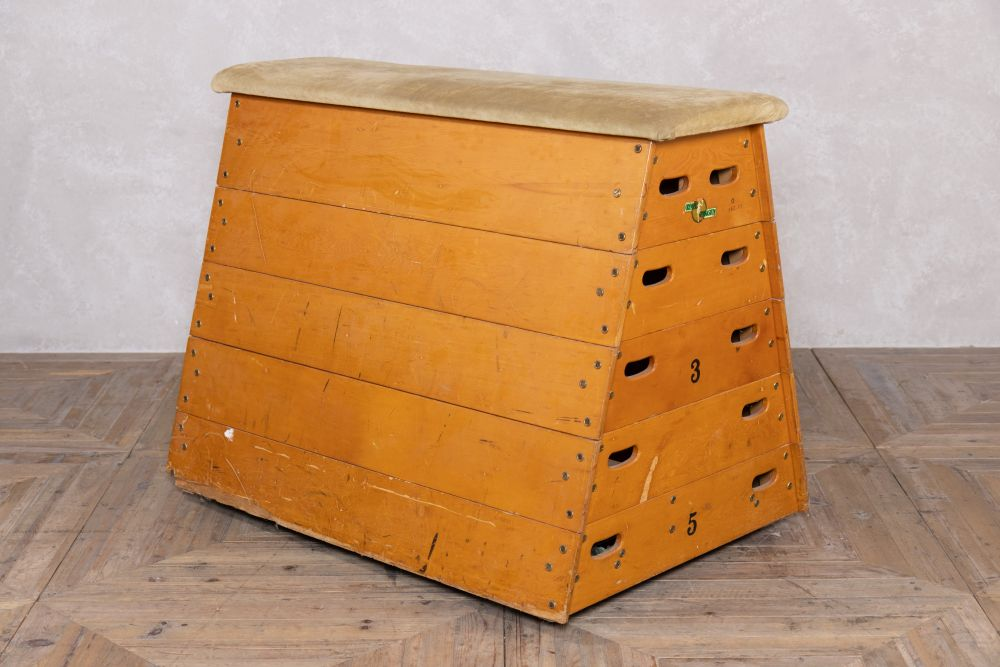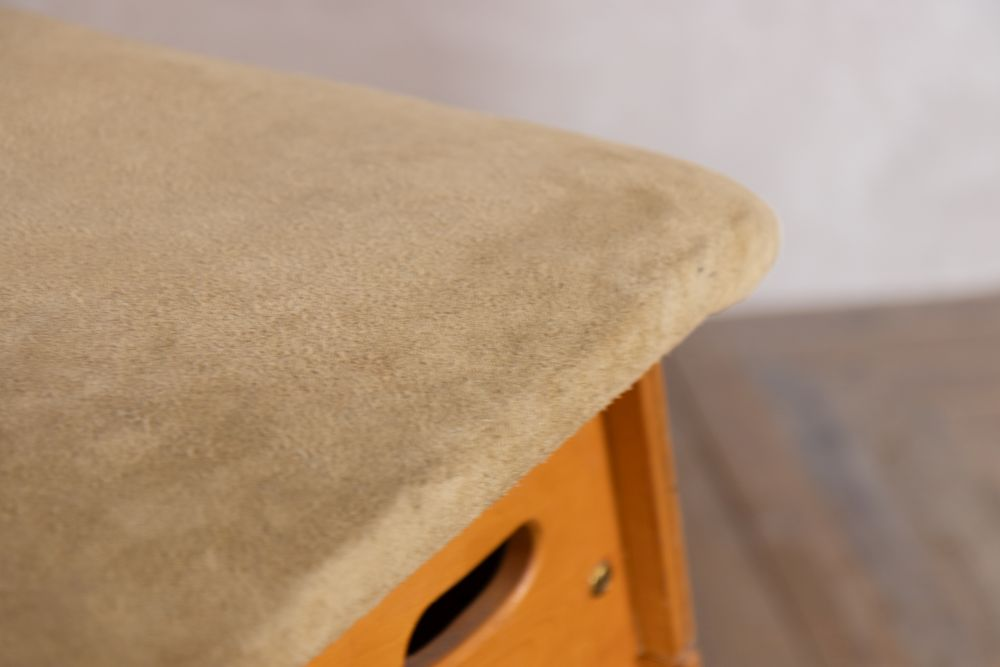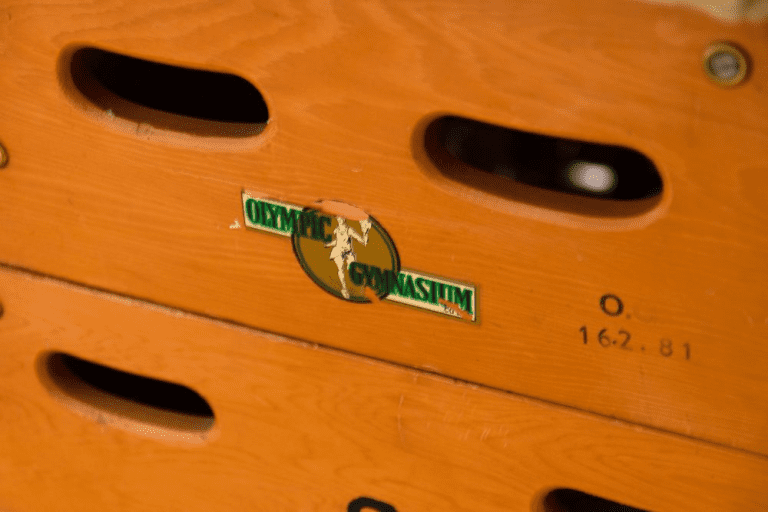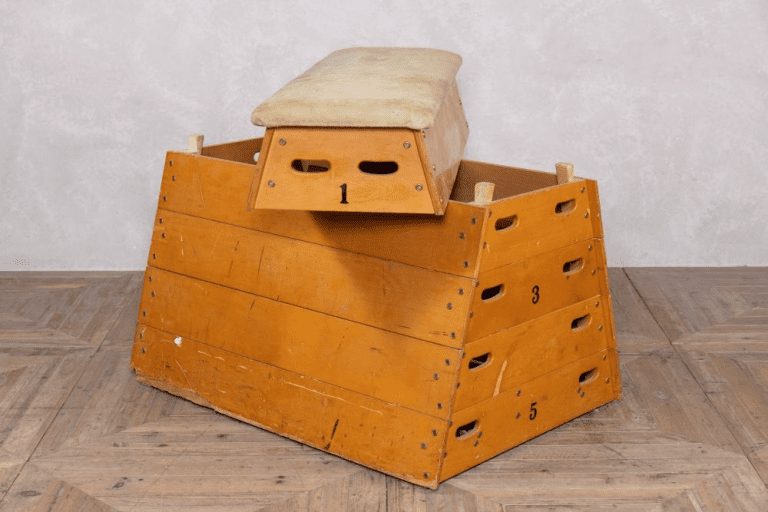The vaulting horse, a quintessential piece of gymnastics equipment, stands as a cornerstone of physical training and athletic development. Its unique design and versatility have made it an essential tool for athletes, fitness enthusiasts, and schools alike. Whether you’re already familiar with this iconic apparatus or just discovering its purpose, this article dives deep into the fascinating history, uses, and benefits of the vaulting horse.
What Is a Vaulting Horse?

The vaulting horse is a rectangular apparatus designed with a padded surface and a sturdy base for stability. Traditionally, it was crafted from wood and topped with leather, but modern versions often use synthetic materials for added durability and comfort.
Its primary purpose? To aid gymnasts in developing strength, agility, and coordination through vaulting and jumping exercises. While it’s primarily associated with gymnastics competitions, its versatility extends to school gymnasiums and fitness centers worldwide.
A Brief History of the Vaulting Horse
The origins of the vaulting horse trace back to ancient Rome, where soldiers used wooden structures to practice mounting and dismounting horses. This early training tool evolved into the modern vaulting horse we know today.
By the 19th century, it had become a staple in gymnastics programs, symbolizing the growing emphasis on structured physical education. Over the decades, modifications refined its design to suit contemporary athletic needs, ensuring its place in the world of physical training.
Why Is the Vaulting Horse Essential in Gymnastics?
Think of the vaulting horse as a launchpad for gymnasts, both literally and figuratively. It’s indispensable for mastering advanced movements and building foundational skills. Here’s why:
- Skill Development: The vaulting horse allows gymnasts to practice flips, somersaults, and vaults, helping them perfect complex techniques in a controlled environment.
- Strength Building: Vaulting requires explosive leg power, core stability, and upper body strength, all of which are enhanced through repeated practice.
- Coordination and Precision: Successful vaulting demands impeccable timing and body control, skills that extend to other areas of gymnastics and physical activity.
In essence, the vaulting horse serves as a tool for honing both physical and mental discipline.
The Shift from Vaulting Horse to Vault Table
If you’ve watched gymnastics competitions recently, you may have noticed the vaulting horse has been replaced by the vault table. This redesign was introduced in 2001 to enhance safety and performance. The vault table features a wider surface and curved edges, providing gymnasts with greater stability and reducing the risk of injuries during landings.
While the vaulting horse is no longer used in professional competitions, it remains a popular tool in training facilities and recreational gymnastics. Its legacy lives on as a reliable apparatus for mastering the fundamentals of vaulting.
How to Use a Vaulting Horse Effectively

Using a vaulting horse isn’t just about running and jumping—it requires proper technique and preparation. Whether you’re a beginner or a seasoned athlete, these steps can help you maximize your practice:
- Warm Up Thoroughly: Prepare your muscles with dynamic stretches, focusing on your legs, arms, and core to ensure optimal performance.
- Start Simple: Begin with basic jumps or vaults before progressing to more advanced movements.
- Perfect Your Form: Pay attention to your body alignment during the run-up, takeoff, and landing to improve technique and prevent injuries.
- Seek Guidance: Working with a coach or instructor ensures you practice safely and receive valuable feedback.
- Incorporate Drills: Focused drills, like handstand push-offs or hurdle steps, can significantly enhance your vaulting skills.
The Vaulting Horse in Schools and Fitness Centers
Beyond gymnastics, the vaulting horse plays a pivotal role in general physical education. Schools often use it to teach basic motor skills and introduce students to gymnastic movements. Fitness centers integrate it into functional training programs to improve agility and strength.
Its versatility allows it to be used for various exercises, from plyometric jumps to core stabilization drills. This makes the vaulting horse a valuable addition to group workouts and circuit training, offering unique ways to challenge the body.
Maintaining and Caring for a Vaulting Horse

Proper maintenance is essential for ensuring safety and extending the lifespan of the vaulting horse. Follow these tips to keep it in top condition:
- Inspect Regularly: Check for loose screws, damaged padding, or other signs of wear and tear.
- Clean the Surface: Wipe down the top with a mild cleaner after each use to prevent dirt accumulation.
- Store Correctly: Keep the apparatus in a dry and secure area to avoid unnecessary damage.
By taking these steps, you ensure a safe and long-lasting experience for all users.
Conclusion

The vaulting horse is much more than a gymnastics tool—it represents athletic growth, discipline, and versatility. From its historical origins to its modern applications, this apparatus continues to inspire gymnasts, athletes, and fitness enthusiasts. Whether you’re a beginner exploring the basics or an athlete perfecting advanced techniques, the vaulting horse offers endless opportunities to elevate your training. Why not take the leap and experience its benefits for yourself?


